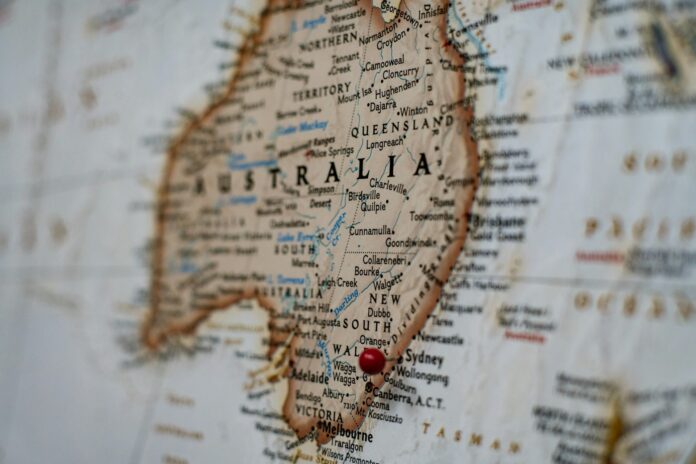Destructive winds leave 40,000 households without power in Victoria, with emergency services working to repair extensive damage
A major storm that swept across Victoria over the weekend has left at least 40,000 households without power. The destructive winds caused significant damage, leading to power outages, fallen trees, and structural damage throughout the state.
Emergency services are grappling with the aftermath, working tirelessly to address around 1,000 active jobs related to the storm. The State Emergency Service (SES) received over 4,000 requests for assistance in the past 24 hours, primarily due to fallen trees and damage to buildings. The worst of the winds have subsided, and all severe weather warnings have been lifted, but the recovery effort continues.
CitiPower and Powercor Australia have reported that they are focused on restoring electricity to 6,700 customers still affected by the outages. Their teams are dealing with over 470 fault jobs, including more than 100 instances of fallen wires. The restoration work involves replacing power poles, rebuilding damaged power lines, and repairing electrical infrastructure that was impacted by debris from trees and branches. The companies have deployed additional crews and canceled planned outages to expedite the restoration process.
Embed from Getty ImagesAusNet is also actively working to restore power to approximately 38,400 customers. The extensive damage from the storm had initially left over 180,000 people without power, but significant progress has been made in recent days.
The storm’s impact was severe and tragic. In Dunkeld, a tree fell on a caravan, killing a 63-year-old woman who was sleeping inside. Her husband survived the incident and was rushed to the hospital. The couple was staying at the Tasman Holiday Park in Moama, close to the Victoria-NSW border.
Public transport was disrupted by the storm, with several train lines in Melbourne suspended due to fallen trees on the tracks. Replacement coaches are running on the V/Line Gippsland line as a result of the damage. Additionally, storm debris was found in various locations, including a trampoline discovered in a paddock in Hamilton.
The storm’s strongest gust was recorded at 146 km/h at Wilsons Promontory, southeast of Melbourne, around 2:29 am. Other areas such as Mount Gellibrand, Mount Hotham, and Falls Creek also experienced wind gusts exceeding 130 km/h.
As the storm has passed, conditions have improved with light winds, partly cloudy skies, and a chance of showers. Melbourne is expected to reach a high of 17 degrees Celsius today, with temperatures climbing to 21 degrees tomorrow and 23 degrees on Thursday. By Friday, the weather will warm up further, reaching 26 degrees.
Analysis:
Political: The extensive power outages and storm damage underscore the critical role of emergency services and the state government’s response capabilities. This situation could influence political discussions about disaster preparedness and infrastructure resilience. How effectively the government manages recovery efforts may impact public perception and future political support. Additionally, it highlights the need for robust emergency planning and response strategies, which could become a key issue in upcoming elections or policy debates.
Social: The storm and subsequent power outages have significant social implications, particularly in terms of community resilience and support systems. The disruptions to power, public transport, and essential services affect daily life and underscore the importance of community networks in times of crisis. The tragic death in Dunkeld highlights the human cost of natural disasters and the need for improved safety measures in vulnerable areas.
Racial: While the storm’s impact is not directly related to racial issues, it does intersect with broader discussions about equity in disaster response. Communities that are socioeconomically disadvantaged or marginalized may experience compounded difficulties during recovery efforts. Ensuring equitable access to emergency services and support for all communities, regardless of racial or socioeconomic background, is crucial for a fair recovery process.
Gender: The impact of the storm on different gender groups may vary, particularly in terms of vulnerability and response needs. Women, especially those in single-parent households or in precarious employment situations, may face specific challenges during and after such crises. The response to the storm and recovery efforts should consider gender-specific needs to ensure that all individuals receive appropriate support.
Economic: The economic impact of the storm is substantial, with costs associated with power restoration, infrastructure repairs, and public transport disruptions. The repair work required for damaged power lines and infrastructure represents a significant financial burden. Additionally, businesses and households affected by the outages may face economic losses due to disrupted operations and property damage. The economic recovery will involve assessing damage costs, allocating resources for repair, and supporting affected communities.
